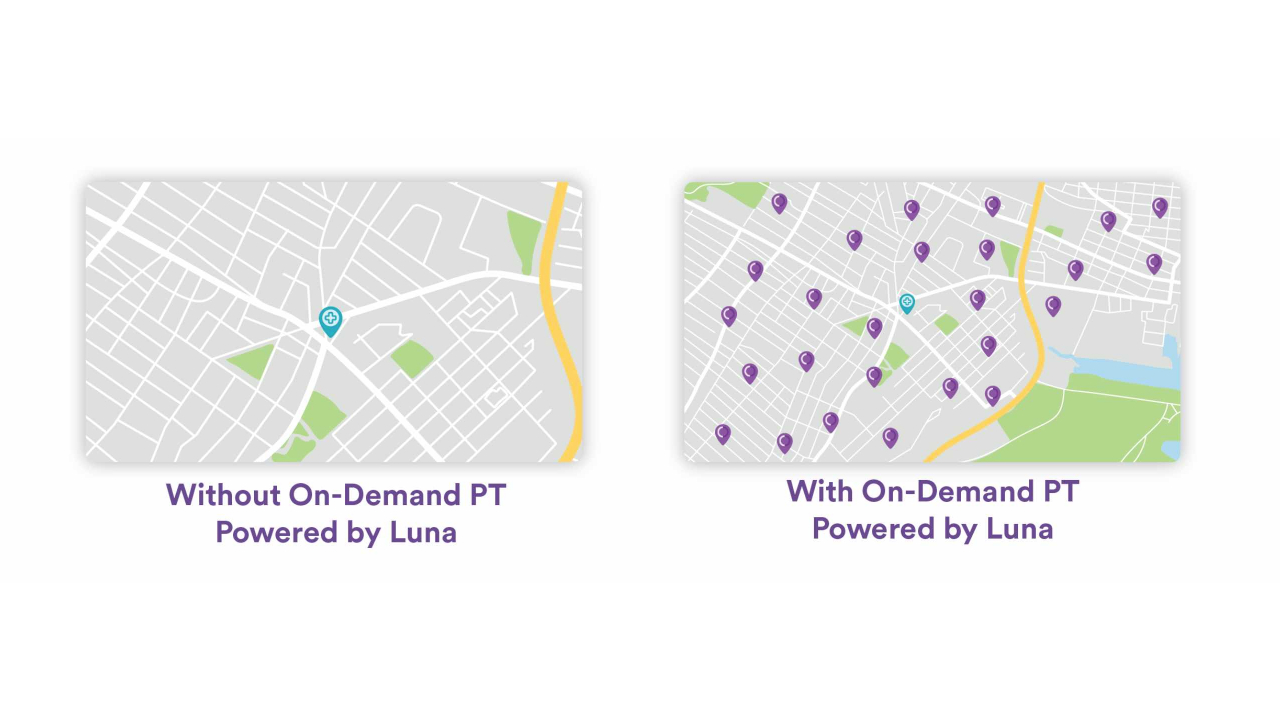The Road to Recovery: Delivering Physical Therapy During COVID-19

COVID-19 is serving as a catalyst for major transformation, including the way we will deliver care now, and in the future. In many ways, this change is long overdue in healthcare. For physical therapy clinics to survive and continue serving patients in the future, they’ll need to navigate the next few months with particular care.
Up until recently, most physical therapy clinics have been focused on the immediate actions they’ve needed to take in order to continue delivering PT services amidst the COVID-19 pandemic. As time goes on, many forward-thinking physical therapists are starting to look into the future to determine a new way forward.
What should the new normal look like? How will we return to growth? What actions do we need to take today to step into a sustainable future?
We may not know exactly what the future holds, but one thing is certain—the needs of our customers and employees will change. Businesses will need to adjust their products, services, and strategies accordingly.
An expert reviewed article from HFMA recently caught our attention: “The Journey Back from COVID-19: A Guide to Economic Recovery for Health System CFOs.” The article is geared toward hospitals and health systems looking to recover financially post COVID-19, but many of the insights are helpful for physical therapy clinics.
Here are a few significant takeaways that may help you step into this next era of running a physical therapy business:
- “The answer is not to struggle to rebuild the old workforce, but to shape a new workforce better suited to healthcare’s future.”
- “One lesson from the crisis for both consumers and providers is that significant amounts of care can occur in lower acuity settings and even at home. This reality may reveal opportunities to shed expensive real estate or downgrade facilities.”
- “Even patients who have maintained their insurance and financial stability will remain wary of entering a clinical environment.”
- “This pandemic crisis ultimately will end. But without a new operating model, supported by an organization filled with empowered staff, it will merely roll into a new operational crisis as health systems remain crippled in a post-COVID-19 world.”
We agree—this crisis will end. The question is, will we go right back to where we came from? Or will we be brave enough to take action today to step into a brighter post-COVID future?
Here’s a look at a few care models to consider:
Clinic 1.0
With Clinic 1.0, patients physically visit a clinic for care. Obviously, in our current environment, Clinic 1.0 has been disrupted, leaving patients searching for solutions that are safer.
Clinic 1.5
With this model, patients have the option of visiting a clinic in person or via televisit. Again, with COVID-19, televisits are on the rise in healthcare. With a televisit, patients and healthcare providers can communicate via video, phone, or email for treatment and general care. At Luna, we believe the applicability of televisits is limited, given that commercial payers are only temporarily opening approvals and reimbursements for them.
And finally, there’s…
Clinic 2.0
With Clinic 2.0, patients have the benefit of all three options for physical therapy: in-clinic visits, televisits, and in-person delivery. With Clinic 2.0, the patient is able to make decisions on the safest and most convenient way to receive care.
If you’re a physical therapy clinic owner who’s been looking to reimagine your patient experience, learn about Luna’s offering for PT practices and how we’re delivering in-person physical therapy safely across the United States.
This entry was posted in Luna Blog and tagged Therapists, Patients.


